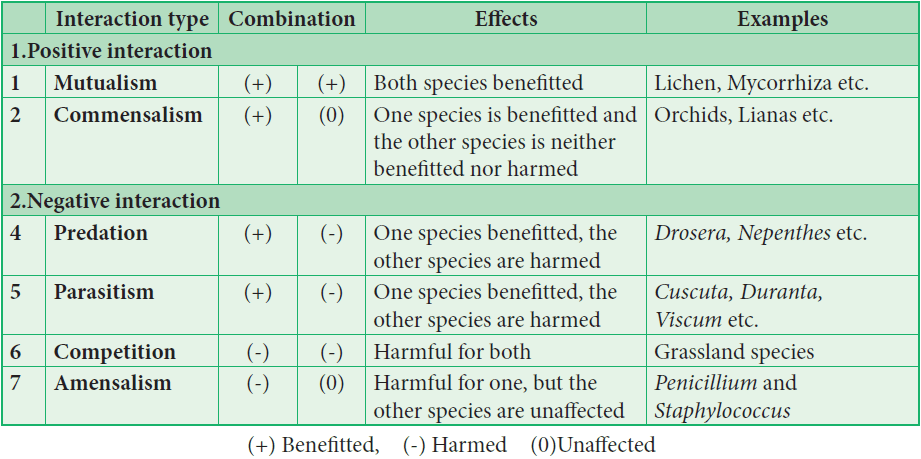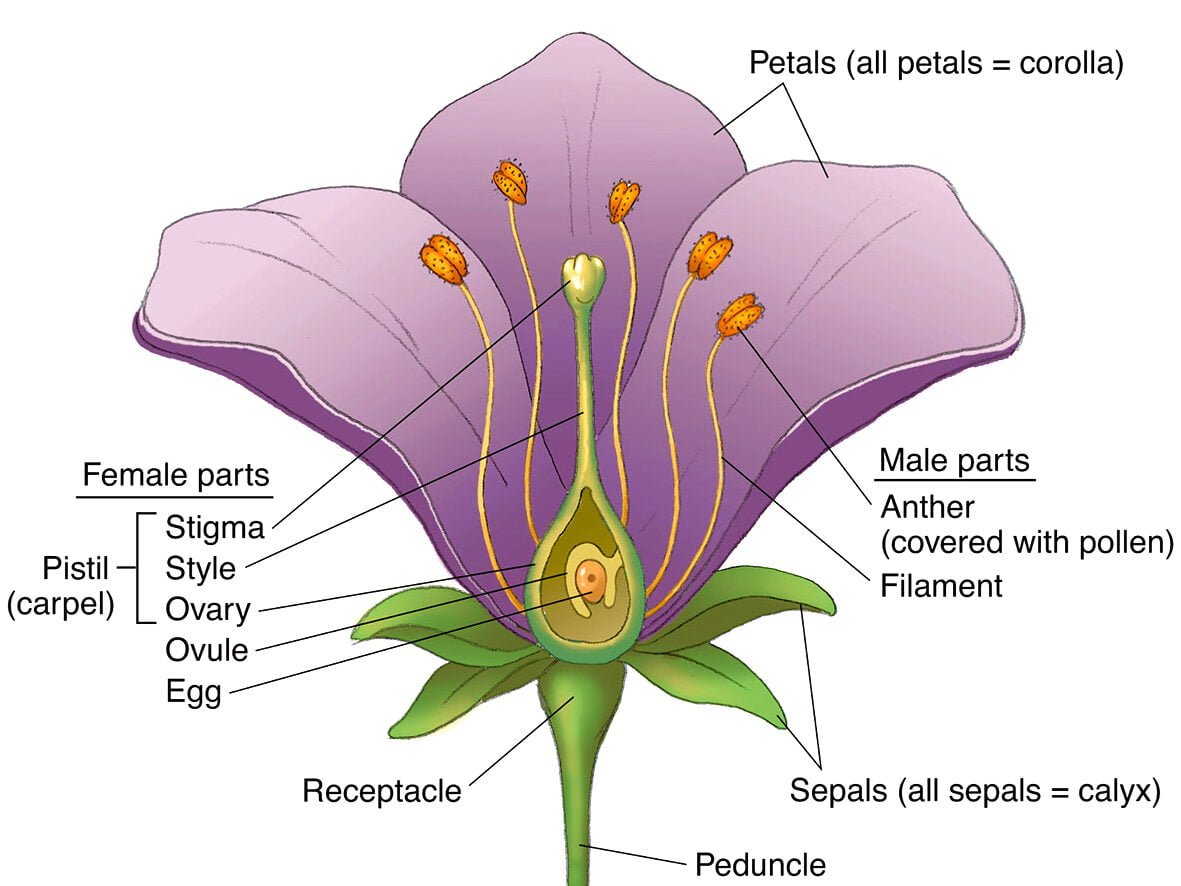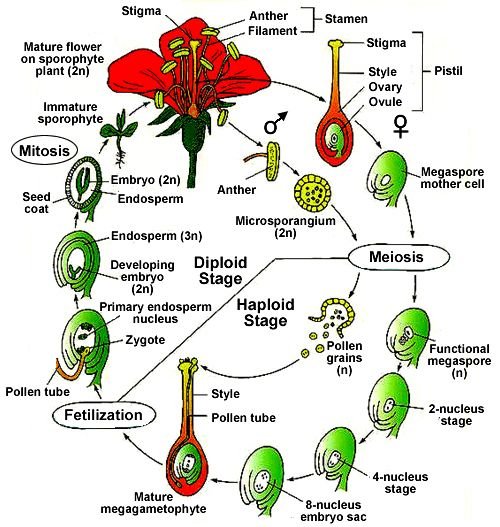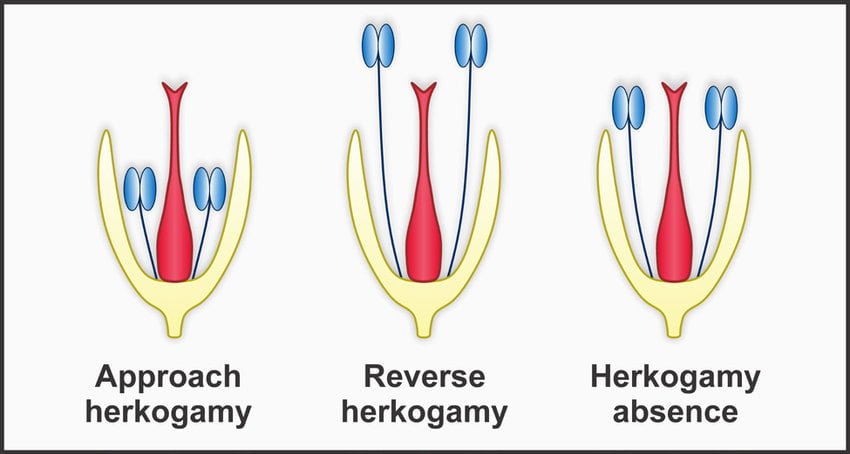Population Interactions: Mutualism, Competition, Predation, Parasitism
Understand key ecological relationships essential for NEET, JEE, and CBSE learners
Living organisms constantly interact with each other in an ecosystem. These population interactions can be beneficial, harmful, or neutral. Understanding these ecological relationships is crucial for students preparing for NEET, JEE, and board exams. Let’s explore them one by one with detailed examples.
1. Mutualism (Positive Interaction)
In mutualism, both species benefit and often depend on each other for survival, growth, or reproduction.
Examples:
- Lichen (Algae + Fungi): Algae provide food through photosynthesis, while fungi offer water and protection. Together, they survive in harsh conditions like rocks and tree bark.
- Mycorrhiza (Fungi + Plant Roots): Fungi improve phosphorus and water uptake for the plant, while the plant provides carbohydrates. This interaction is crucial in nutrient-poor soils.
2. Competition (Negative Interaction)
Competition occurs when organisms of the same or different species vie for the same limited resources, such as food, space, or mates, leading to reduced fitness of both.
Examples:
- Paramecium caudatum vs. Paramecium aurelia: In lab experiments, when both were cultured together, P. aurelia outcompeted P. caudatum, leading to its elimination due to overlapping niches.
- Tigers vs. Leopards: Both big cats compete for similar prey in overlapping habitats. Tigers being dominant often push leopards to peripheral zones or into smaller prey niches.
3. Predation (Negative Interaction)
Predation involves one organism (predator) feeding on another (prey), usually resulting in the death of the prey. It plays a vital role in regulating population sizes and maintaining ecological balance.
Examples:
- Lion preying on deer: Lions capture and kill deer for food. This predatory interaction regulates herbivore populations and prevents overgrazing.
- Sundew plant (Drosera) trapping insects: These carnivorous plants produce sticky mucilage to trap insects and digest them to supplement nitrogen in poor soil.
4. Parasitism (Negative Interaction)
Parasitism benefits the parasite while harming the host. The parasite depends on the host for nutrients, often causing disease or weakening it without immediate death.
Examples:
- Plasmodium in humans: This protozoan parasite causes malaria. It multiplies in the liver and red blood cells of the host and is transmitted by female Anopheles mosquitoes.
- Cuscuta (dodder plant): It wraps around host plants and extracts nutrients, inhibiting the growth of the host by preventing photosynthesis.
5. Commensalism (Positive Interaction)
Commensalism is a relationship where one organism benefits, and the other remains unaffected.
- Orchids on trees: Orchids grow on tree branches to access sunlight but do not harm or benefit the tree directly.
- Barnacles on whales: Barnacles attach to whales, gaining mobility and access to food particles, while whales are unaffected.
6. Amensalism (Negative Interaction)
In amensalism, one species is harmed while the other remains unaffected. This interaction usually involves inhibition of growth or reproduction.
- Penicillium and bacteria: Penicillium secretes penicillin, an antibiotic that kills surrounding bacteria, while Penicillium remains unaffected.
- Black walnut tree: It releases a chemical called juglone into the soil that inhibits the growth of nearby plants.
7. Protocooperation (Facultative Mutualism)
Protocooperation is a non-obligatory mutualism where both species benefit but can survive independently.
- Cattle and birds (e.g., egrets): Egrets eat insects stirred up by grazing cattle, while cattle are relieved of pests.
- Clownfish and sea anemone: Clownfish gain protection from predators using the stinging tentacles of the anemone, and the anemone benefits from food scraps and cleaning.
📚 Tips to Remember
- Mutualism = ++ (both benefit)
- Competition = — (both are harmed)
- Predation = +- (one benefits, one dies)
- Parasitism = +- (one benefits, host suffers)
- Commensalism = +0 (one benefits, other unaffected)
- Amensalism = -0 (one harmed, other unaffected)
- Protocooperation = ++ (optional mutualism)
FAQs About Population Interactions
In mutualism, both species depend on each other, while in protocooperation, the relationship is beneficial but not necessary.
Barnacles attaching to whales without harming or helping them.
One species inhibits another without being affected itself, like Penicillium killing bacteria.
Parasitism harms the host slowly over time; predation results in immediate death.
Yes, it reduces resource availability and reproductive success in both species involved.
Yes, mutualism, commensalism, and protocooperation are positive interactions.
Obligate interactions are essential for survival (e.g., lichens); facultative are optional (e.g., clownfish-anemone).
Yes, if one partner starts exploiting the other disproportionately.
They regulate species distribution, survival, and biodiversity in ecosystems.
Yes, depending on context, the same species may compete with some and cooperate with others.




